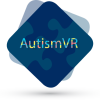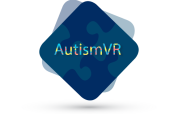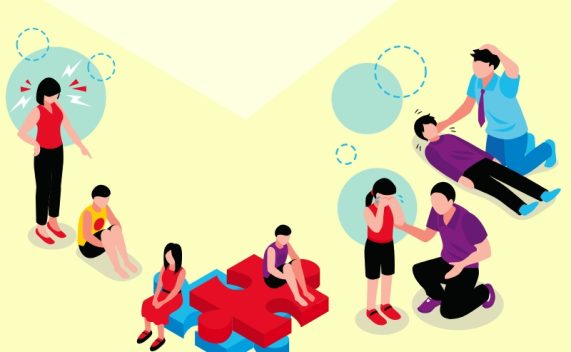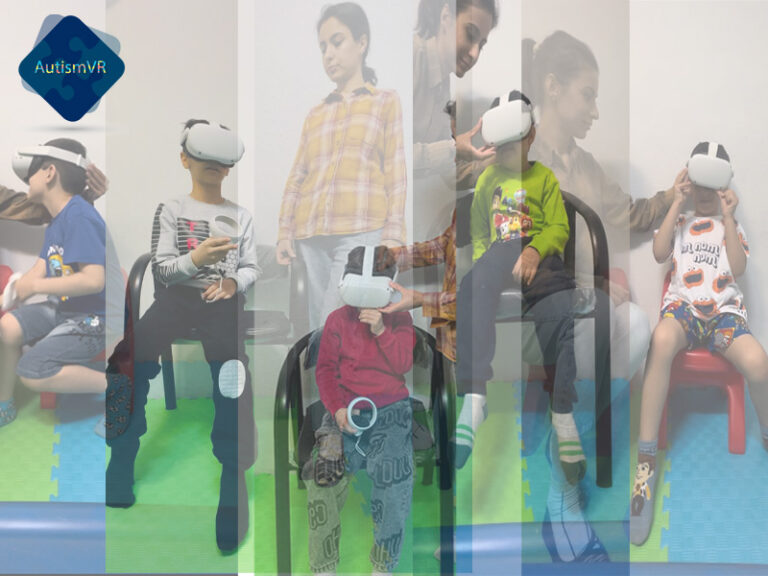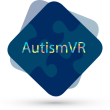Living in society can be a challenge for individuals with autism. Autism affects individuals in unique ways, often making it difficult for them to understand social cues and interact with others. As a result, autistic individuals may face numerous challenges in their daily lives, from communication difficulties to sensory sensitivities. However, there are strategies that can be employed to make society more accommodating and inclusive for those on the autism spectrum. Let’s explore some of the challenges that autistic individuals face in living in society and ways to address them.
What are some of the social challenges that autistic people face in a neurotypical society?
One of the most significant social challenges that autistic people face is the difficulty in understanding and interpreting social cues. This can make it challenging to form and maintain relationships with others, as well as to navigate social situations such as job interviews or group activities. Autistic individuals may struggle to pick up on nonverbal cues, such as body language and facial expressions, which can make it difficult to understand the emotions and intentions of others.
Another challenge faced by autistic individuals is the stigma and discrimination that can come with being different. Autistic individuals may face bullying or harassment, as well as discrimination in employment and education. This can make it difficult for them to feel accepted and included in society.
Additionally, the sensory issues that are common in autism can make it challenging to navigate public spaces, such as shopping malls or busy streets. Loud noises, bright lights, and strong smells can be overwhelming and cause sensory overload for autistic individuals. This can lead to anxiety and avoidance of public spaces, which can further isolate them from society.
Finally, many autistic individuals face a lack of understanding and awareness from the broader society. This can lead to misunderstandings and misinterpretations of their behavior, which can result in further marginalization and exclusion. To create a more inclusive and accepting environment, it is essential that society recognizes and accommodates the needs of autistic individuals.
In conclusion, living in society can be challenging for individuals with autism, but with awareness and accommodations, we can create a more inclusive and supportive environment for everyone.
What are common misconceptions about autism, and how can they be addressed?
Autism is a complex condition that affects individuals differently. Unfortunately, there are many misconceptions about autism that can lead to stigma and stereotypes. One common misconception is that autism is a result of poor parenting or inadequate socialization. This belief is entirely false and has been debunked by scientific research. Autism is a neurodevelopmental disorder that occurs due to genetic and environmental factors, and it is not caused by bad parenting or a lack of socialization.
Another common misconception about autism is that all people with autism are alike, and they share the same symptoms and characteristics. The reality is that autism is a spectrum disorder, which means that individuals with autism have a wide range of symptoms and behaviors. Some may struggle with social interactions and communication, while others may excel in those areas but struggle with sensory processing or repetitive behaviors.
Furthermore, some people believe that individuals with autism lack empathy and are incapable of feeling emotions. However, this is not true. People with autism can and do experience emotions, but they may have difficulty expressing them in a way that neurotypical individuals can understand.
To address these misconceptions about autism, it is essential to educate the public about what autism is and what it is not. Educating people about the diversity of the autism spectrum can help reduce stigma and stereotypes. We should encourage people to interact with individuals with autism and learn about their experiences. This can help to build empathy, understanding, and acceptance for individuals with autism.
In conclusion, it is important to dispel myths and misconceptions surrounding autism and promote education and understanding of the condition. By raising awareness and increasing acceptance, we can create a more inclusive and supportive society for individuals with autism.
What are some of the challenges that autistic individuals face in accessing mental health services?
Accessing mental health services can be challenging for autistic individuals due to several factors. One of the biggest challenges is the lack of specialized providers. Many mental health professionals have training in general psychology, but they may not have specific knowledge and expertise in treating individuals with autism. This can lead to misdiagnosis or inadequate treatment, which can have a negative impact on the individual’s overall well-being.
Another challenge that autistic individuals face is the difficulty in communicating their needs and symptoms. Autistic individuals may have difficulties in verbal communication and expressing their emotions, which can make it challenging to convey their experiences to mental health professionals. This can result in a lack of understanding of the individual’s needs and an inaccurate diagnosis.
Furthermore, many mental health services may not be designed to meet the unique needs of individuals with ASD. For example, traditional talk therapy may not be effective for individuals with ASD, as they may have difficulties with social communication and understanding abstract concepts. Therefore, mental health services that incorporate visual aids and sensory integration techniques may be more effective for this population.
Finally, financial barriers can also prevent autistic individuals from accessing mental health services. Many mental health services can be expensive, and insurance coverage may be limited or non-existent. This can make it difficult for individuals with ASD to access the services they need to manage their mental health.
In conclusion, there are many challenges that autistic individuals face in accessing mental health services. Addressing these challenges is critical to ensuring that individuals with ASD receive appropriate and effective mental health services.
What are some of the challenges that autistic individuals face in accessing public transportation?
Accessing public transportation can be a significant challenge for autistic individuals due to several factors. One of the biggest challenges is dealing with sensory overload. The sights, sounds, and smells of a crowded bus or train can be overwhelming for individuals who have sensory sensitivities. Loud noises, bright lights, and unfamiliar smells can all trigger sensory overload, leading to anxiety, panic attacks, or even meltdowns.
Autistic individuals may also have difficulty with communication, making it harder for them to navigate public transportation. For example, they may struggle to understand bus or train schedules, ticket machines, or directions from transit staff. In some cases, they may find it challenging to communicate their needs to transit personnel, which can result in frustration and anxiety.
Finally, public transportation may not always be accessible to autistic individuals with physical disabilities. For example, some buses and trains may not have adequate space for wheelchairs, which can make it challenging for individuals with mobility issues to use public transit. Additionally, the lack of accessibility features such as audio announcements or tactile maps may also make navigating public transportation more challenging for autistic individuals.
In conclusion, accessing public transportation can be a significant challenge for autistic individuals. Transit authorities and policymakers should consider these challenges and take steps to create a more inclusive transportation system that addresses the needs of all individuals, including those on the autism spectrum.
What are some of the employment challenges that autistic people face in the workplace?
Autistic people face several employment challenges in the workplace. One of the significant challenges is the interview process. Autistic people often have difficulty with nonverbal communication, eye contact, and social cues, which can negatively impact their performance in interviews. This can result in them being overlooked or not considered for jobs they are qualified for. One solution to this challenge could be to provide alternative interview formats, such as written or video interviews, that do not rely on nonverbal communication.
Communication can also be a challenge for autistic people in the workplace. Autistic people may have difficulty with verbal communication or understanding social norms and expectations. Employers can provide clear instructions and feedback and implement an open-door policy to encourage communication and collaboration.
Finally, autistic people may face stigma and discrimination in the workplace. They may be unfairly judged or stereotyped based on their behavior, communication, or social skills. Employers can combat this by educating their staff about autism and neurodiversity, providing training on how to work with and support autistic colleagues, and creating an inclusive workplace culture.
In conclusion, employment challenges for autistic people in the workplace are complex, but with awareness, education, and accommodations, they can be addressed. Employers have a responsibility to create a workplace that is inclusive, supportive, and accessible for all employees, including those with autism.



